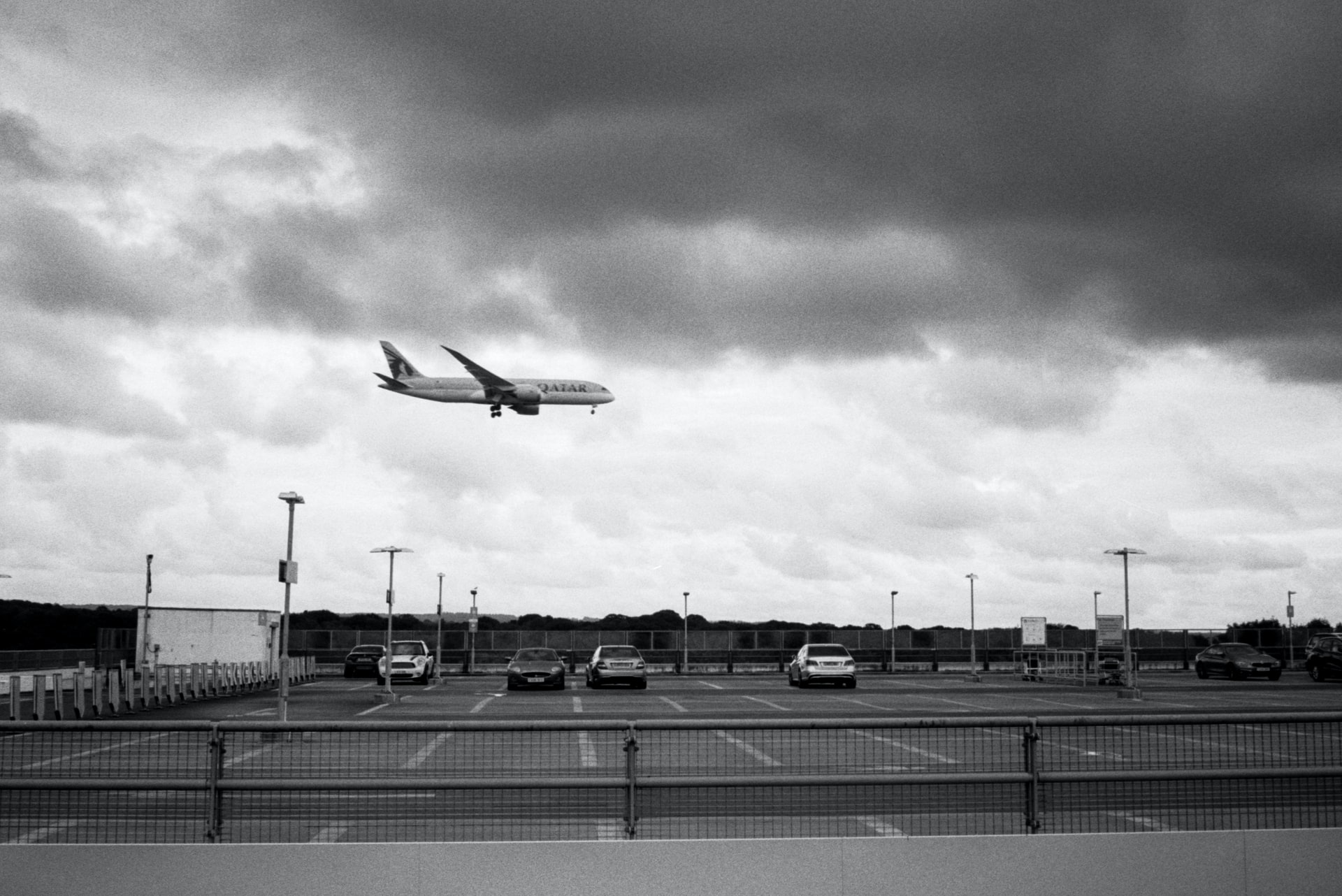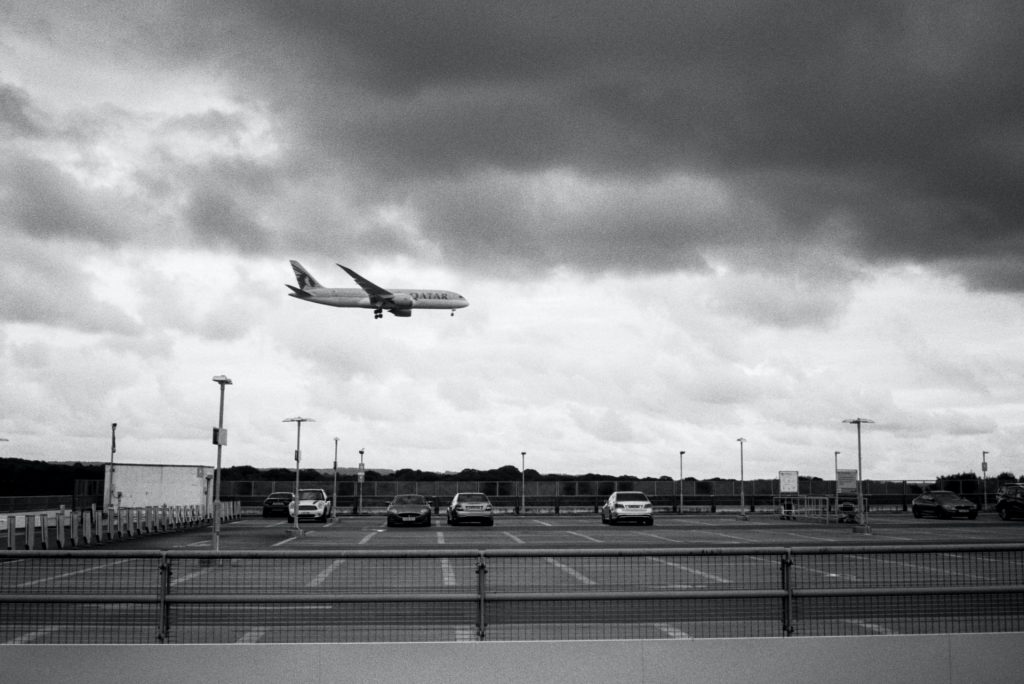
Photo credit: Gemma Evans on Unsplash

2022 wrapped up with less demand and lower rates for the industry as air cargo volumes declined for the 10th consecutive month in December, falling 8 percent year on year and down 13 percent compared to 2019, according to the latest air freight data from Xeneta.
Available capacity meanwhile recovered to 93 percent of the 2019 level. CLIVE’s ‘dynamic load factor,’ which provides a ‘true indication of market performance’ based on the volume and weight perspectives of cargo flown and capacity available, declined 7 percentage points year-over-year to 57 percent, also down 5 percentage points below the figure for December 2019.
Niall van de Wouw, chief airfreight officer at Xeneta describes the situation as ‘glass half full’ for most stakeholders with rates still up 75 percent to what was seen in 2019, pre-Covid.
“It would be easy to take a pessimistic view of the global air cargo market’s downturn, but this would ignore where it has come from. There is little use comparing it to the same time last year because then we had no Ukraine conflict, no high energy prices, no soaring interest rates, nor the impact of the subsequent cost-of-living pressures. Based on the global environment we see right now, airlines are still achieving rates 75% higher than pre-Covid,” said van de Wouw.
“That indicates the glass is very much still half full. If, in January 2020, you had asked airline executives if they’d like to see airfreight rates across the Atlantic or from Asia Pacific 75% higher, we would have heard a unanimous ‘yes’. The difference now is that there’s less pressure if you’re a shipper, even though you’re still paying more. In terms of the long-term sustainability of the air cargo supply chain, this will help,” noted van de Wouw.
Xeneta said, year on year, air freight spot rates on heavy-volume corridors declined more sharply in the last month of 2022.
Outbound Asia Pacific spot rates have been dropping for eight consecutive months, with spot rates from Asia Pacific to North America of USD 5.38 per kilo, down 13 percent from October but above 87 percent from the 2019 level.
On the Asia Pacific to Europe corridor, the average spot rate in December fell 10 percent compared to October to USD4.67 per kilo, down 46 percent year-on-year but, again, remaining 92 percent above the pre-pandemic level.
On the Europe to North America corridor, reduction of winter flight schedules contributed to some resilience to this year’s market headwinds. December’s airfreight spot rate stood at USD3.25 per kilo, up 7 percent over the October level. Replicating the market trends on the other main lanes, this rate was below 46 percent versus a year ago but still 80 percent up compared to 2019.
What’s clear is what lies ahead remains uncertain. January last year was a surprisingly strong start for the air cargo market, but this new year will likely be impacted by the earlier Chinese New Year and growing concerns of, again, rising Covid levels, which is already impacting some factory production in China.
“It’s clear it remains in a very unpredictable state given world events. We don’t see demand recovering quickly because of what is happening around the world, but we do expect to see supply continuing to come back into the market. This, of course, will put further pressure on load factors and rates.”
“We struggle to see where the tailwinds will come from, but looking at the broader perspective, we still see a very efficient air cargo market, especially when compared to the 70-80% fall in ocean rates in the past 8-9 months. The fact that the airfreight domain is more competitive and more fragmented on the supply side meant rates didn’t go as crazy as we saw with ocean container prices, so the decline, now air freight volumes are lower, is more gradual. Air cargo is much stronger than it was pre-Covid, but the current direction of the market means there is some degree of good news for everyone,” van de Wouw added.









